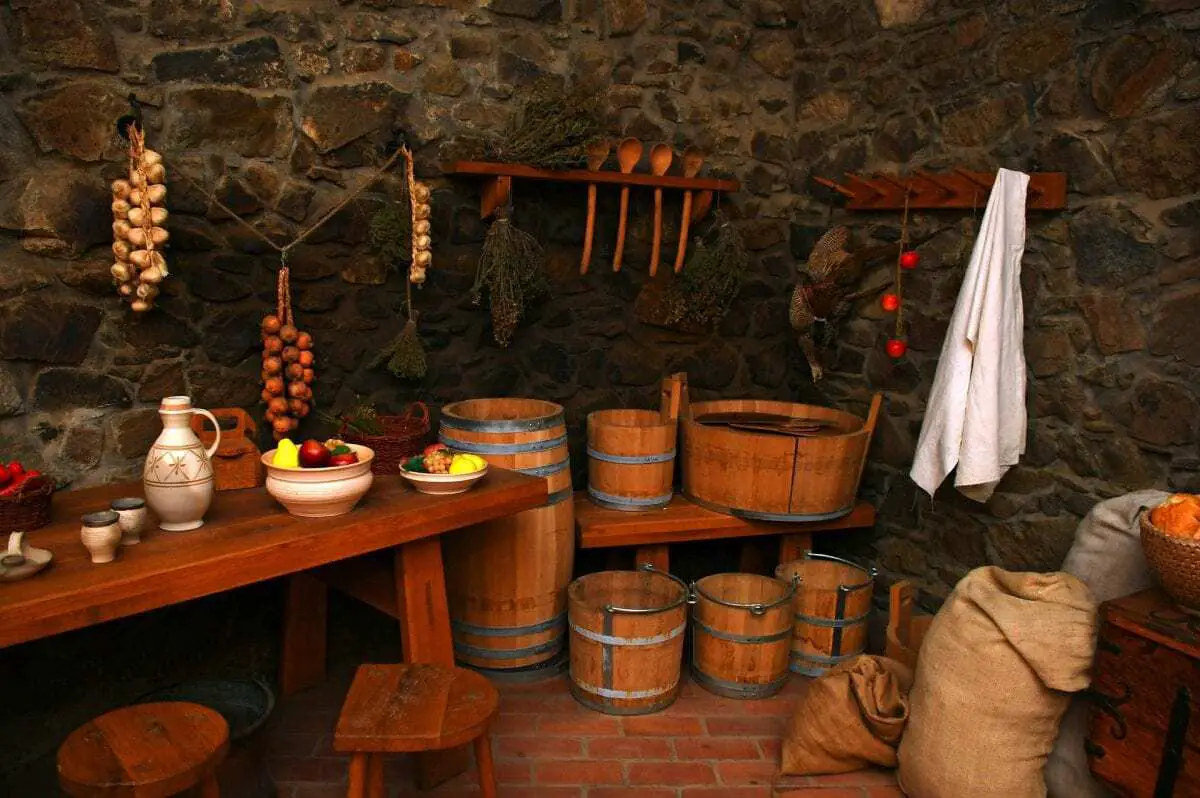Clay pots? Wooden spoons? Copper pots? Silver forks? What materials has man used for making kitchen utensils throughout history? A new study now sheds light on the use of kitchen utensils made of copper.
At first thought, you would not expect hundreds of years old bones from a medieval cemetery to be able to tell you very much – let alone anything about what kinds of kitchen utensils were used to prepare food.
But when you put such a bone in the hands of Professor Kaare Lund Rasmussen, University of Southern Denmark, the bone begins to talk about the past.
A warehouse full of bones
– For the first time, we have succeeded in tracing the use of copper cookware in bones. Not in isolated cases, but in many bones over many years, and thus we can identify trends in historical use of copper in the household, he explains.
The research team has analyzed bones from 553 skeletons that are between 1200 and 200 years old. They all come from nine, now abandoned cemeteries in Jutland, Denmark and Northern Germany. The skeletons are today kept at Schloss Gottorf in Schleswig, Germany and at the University of Southern Denmark.
Some of the bones examined are from Danish cities such as Ribe and Haderslev, while others are from small rural communities, such as Tirup and Nybøl.
Your body needs copper
The element copper can be traced in bones if ingested. Copper is needed for the body to function; it is, among other things, involved in a number of metabolic processes, such as the function of the immune system – so without copper, the individual would not be able to live.
The need for copper is usually met through the food we eat and most of us probably never think about this.
It is different with the high concentrations of copper now revealed to have been ingested by our predecessors in the Viking Age and the Medieval Times. Much of this copper must have come from the kitchen utensils with which the daily meals were prepared, the researchers believe.
How did the copper get into the body?
One possibility is that the copper pots were scraped by metal knives, releasing copper particles, and that these particles were ingested with the food.
Or maybe copper was dissolved and mixed with food, if the pot was used for storing or cooking acidic foods.
– The bones show us that people consumed tiny portions of copper every day throughout their lives. We can also see that entire cities have been doing this for hundreds of years. In Ribe, the inhabitants did this for 1000 years, says Kaare Lund Rasmussen.
Who ate the copper?
Apparently, the copper intake was at no time so great that it became toxic. But the researchers can’t say for sure.
However, they can with certainty say that some people never ingested copper enough for it to be traceable in the bones. Instead, they ate food prepared in pots made of other materials.
These people lived in the countryside. The bones reveal that inhabitants in the small villages of Tirup and Nybøl did not prepare their food in copper pots.
Rely less on written sources
But how do these findings go with historical accounts and pictures of copper cookware used in in country kitchens?
– A copper pot in a country kitchen may have been so unusual that the owner would tell everybody about it and maybe even write it down. However, such an account should not lead to the conclusion that copper cookware was commonly used in the countryside. Our analyzes show the opposite, says Kaare Lund Rasmussen.
Contrary, the use of copper pots was evident in the towns of Ribe, Horsens, Haderslev and Schleswig.
1000 years of constant copper ingestion
– The cities were dynamic communities and homes of rich people who could acquire copper items. Wealthy people probably also lived in the countryside, but they did not spend their money on copperware, concludes Kaare Lund Rasmussen.
208 of the skeletons originate from a cemetery in Ribe, covering a period of 1000 years from AD 800 to AD 1800, spanning from the Viking Age over the Middle Ages to recent times.
– These skeletons show us there was a continuous exposure of copper throughout the period. Thus, for 1000 years, the inhabitants consumed copper via their daily diet.
Mercury in Tycho Brahe’s beard
Professor Kaare Lund Rasmussen has performed several chemical analyzes of historical and archaeological artifacts.
Among other things, he has analyzed a hair from the Danish Renaissance astronomer Tycho Brahe’s beard and found that the he did not die from mercury poisoning, as hard-nosed rumors would otherwise know.
In turn, Tycho Brahe was exposed to large amounts of gold until two months before his death – perhaps as a result of his alchemist life, perhaps because he ate and drank from gold-plated service.
UNIVERSITY OF SOUTHERN DENMARK
Header Image – Public Domain





